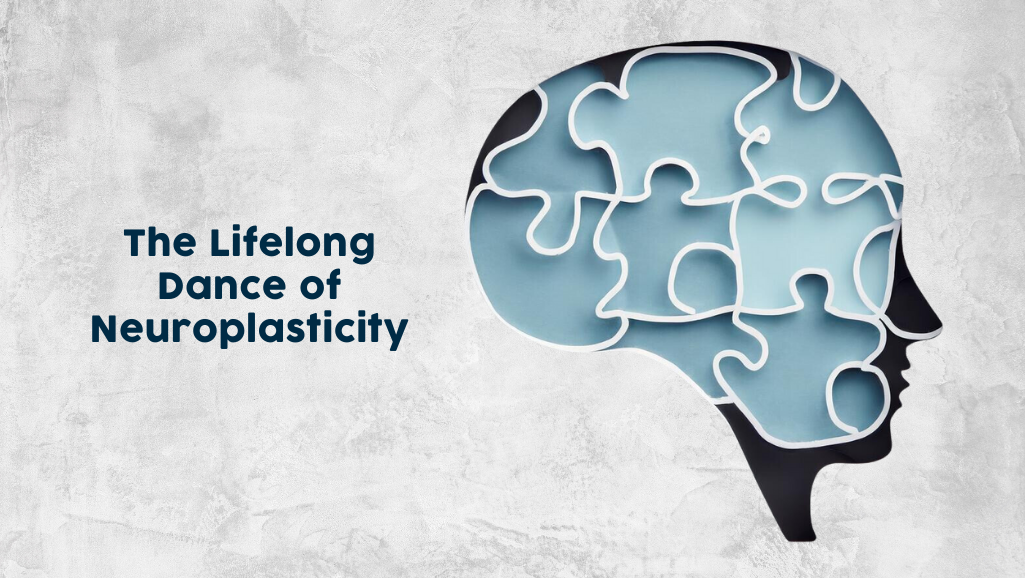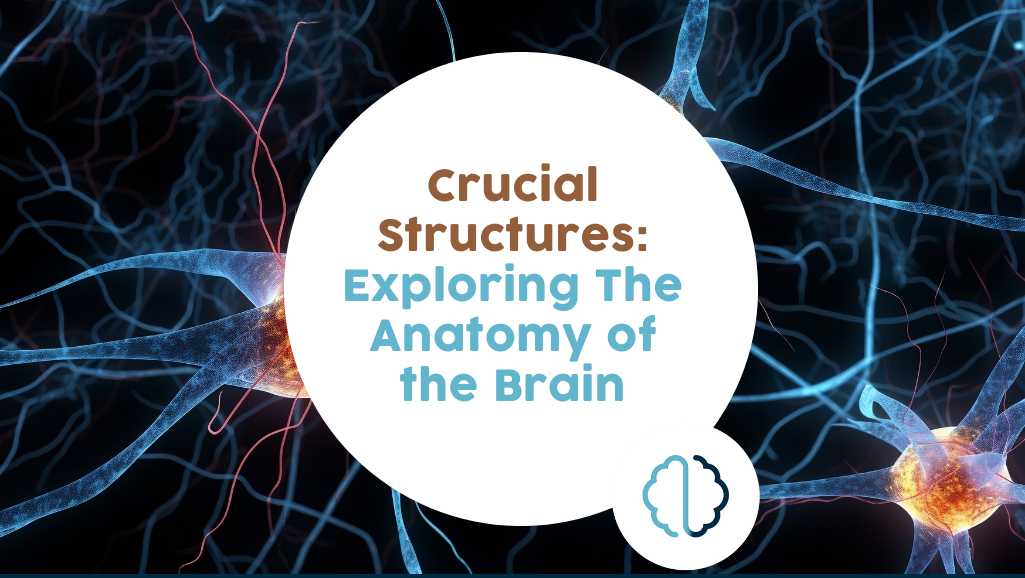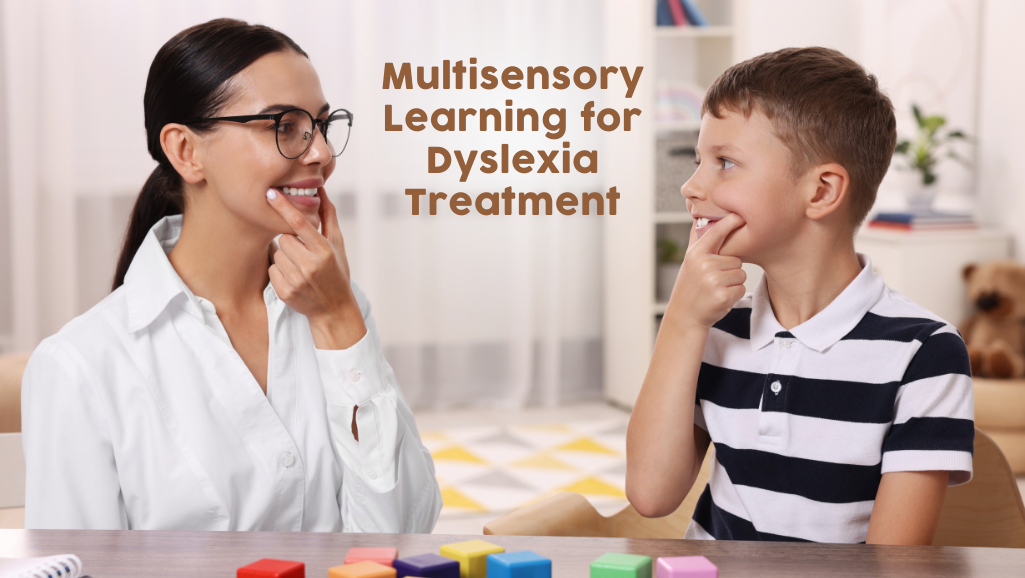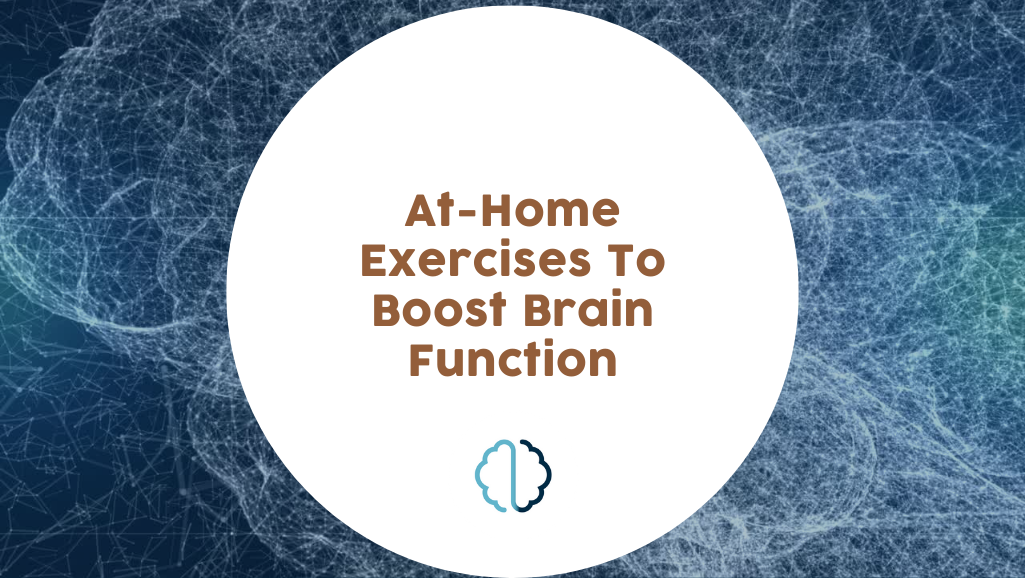Table of Contents
ToggleWhat have you been up to this week? Have you met someone new – and remembered their name when you saw them a few days later? Have you mastered the rules of a new board game? Have you found your way around an unfamiliar place?
These are all examples of neuroplasticity – your brain’s remarkable ability to adapt and reorganise itself throughout life. Let’s take a look.
What is neuroplasticity?
Neuroplasticity describes how your brain’s neurons (cells) and neural networks change their connections and behaviour in response to:
- New information
- Sensory stimulation
- Development
- Damage
- Dysfunction.
In broad terms, the brain can reorganise itself, recruiting different areas to perform jobs if the original area is damaged through an injury or stroke, for example.
There are two types of neuroplasticity:
- Structural plasticity: The brain’s ability to change its physical structure as a result of learning – for example, if you learn a musical instrument, the activity will stimulate the temporal lobe, which will increase in size as a result
- Functional plasticity: The brain’s ability to move functions from a damaged area of the brain to a healthy one.
How the brain changes throughout life
A child’s brain grows rapidly from birth to the age of 3. A birth, every neuron in the cerebral cortex has around 2,500 synapses, which relay nerve impulses. This number rapidly increases – a 3-year-old has about 15,000 synapses for each neuron! That’s a huge increase.
As you grow up, you develop interests and skills in certain areas. Maybe you play cricket, love e-games or speak fluent Mandarin. Inevitably, those areas of your brain receive more stimulation and use, so they develop more.
A process called synaptic pruning takes care of the rest. Some connections are strengthened and others are eliminated as your brain adapts. That’s why adults have far fewer synapses than toddlers do.
Brain traumas like an injury or stroke may damage certain areas of the brain, which are responsible for particular functions like speech, memory, cognition or movement. Neuroplasticity makes it possible for some functions to be regained (in some cases) by creating new neural pathways and recruiting different areas of the brain.
But there is a limit to neuroplasticity. Though the brain has an impressive ability to adapt, it can’t always rewire itself fully. That’s why people may continue to live with some deficits after a stroke or traumatic brain injury.
At what age does neuroplasticity stop? Well, contrary to popular belief, it seems you can teach an old dog new tricks. When older adults remain mentally engaged, it promotes a healthy brain and helps to redress age-related changes in the brain.
That said, some medical conditions can limit brain plasticity, including epilepsy, cerebral palsy, tuberous sclerosis and fragile X syndrome.
How can you foster neuroplasticity?
There are many ways to promote neuroplasticity, including:
- Trying new things – a different route to work, jogging around the park in the opposite direction, ordering something different at the coffee shop. Basically, anything that kicks you out of autopilot could be beneficial
- Learning something new – try writing with your non-dominant hand, learning a new language or solving puzzles
- Exercising – regular physical activity promotes good brain health
- Sleeping – this refreshes the brain and builds its capacity to change.
How can Neurofit Brain Centre help?
At Neurofit, we believe that brain activity makes an active difference. Our programs stimulate the chosen area of the brain and encourage it to foster new connections. It’s amazing to see neuroplasticity in action!
Please book an assessment today.
Disclaimer
All information is general and is not intended to be a substitute for professional medical advice. Neurofit Brain Centre can consult with you to confirm if a particular treatment approach is right for you.
References
- Brain Injury Alliance of Arizona, Neuroplasticity in everyday life, https://biaaz.org/brain-waves/neuroplasticity-in-everyday-life/, [Accessed 5 March 2024]
- Britannica, Neuroplasticity, https://www.britannica.com/science/neuroplasticity, [Accessed 5 March 2024]
- Very Well Mind, What is neuroplasticity? https://www.verywellmind.com/what-is-brain-plasticity-2794886, [Accessed 5 March 2024]
- Pauwels L, Chalavi S, Swinnen SP. Aging and brain plasticity. Aging (Albany NY). 2018 Aug 1;10(8):1789-1790. doi: 10.18632/aging.101514. PMID: 30067225; PMCID: PMC6128435. https://www.ncbi.nlm.nih.gov/pmc/articles/PMC6128435/, [Accessed 5 March 2024]
- PsychCentral, What is neuroplasticity? https://psychcentral.com/health/what-is-neuroplasticity, [Accessed 5 March 2024]








